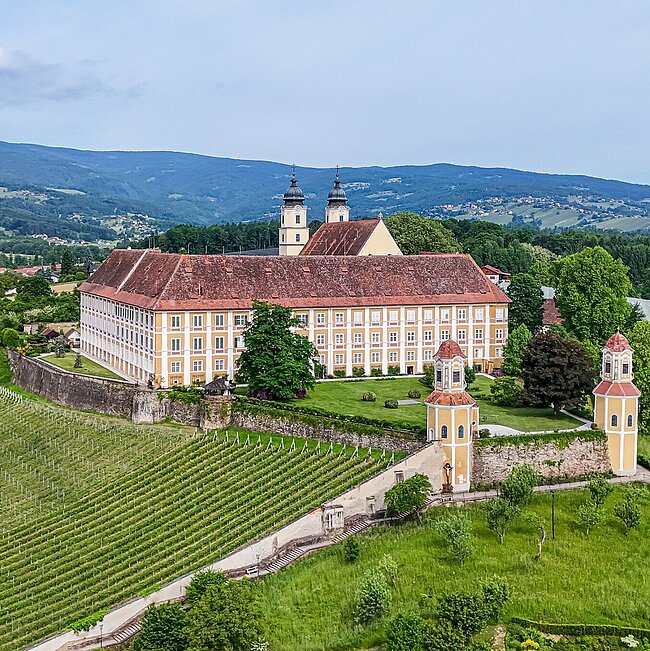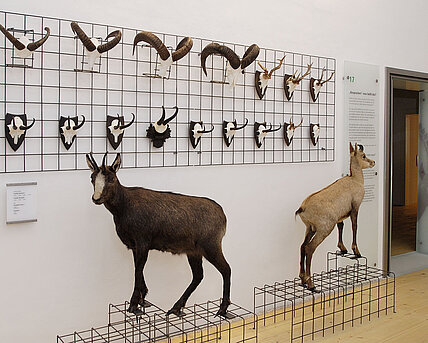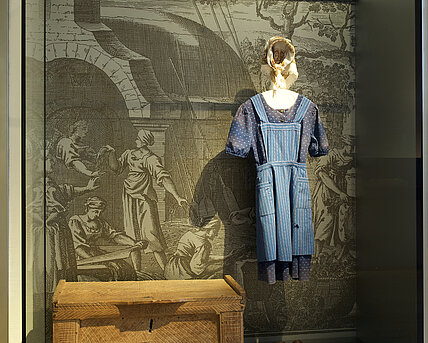Eight rooms on the first floor of Stainz Castle are dedicated to the cultural history of hunting. Valuable exhibits from many different origins – Baroque animal paintings and magnificent courtly objects, ornate powder horns, but also everyday objects and wonder cures from folk medicine – illustrate the far-reaching effects that the cultural phenomenon of hunting has always had and continues to have on art, literature, music and film.
The exhibits at Stainz Museum of Hunting range from a Stone-Age spear thrower to ornate Imperial firearms, to a wide variety of hunting weapons. But not only weapons – customs and ways of life also tell us about the history of hunting: While finding food was top priority in the Stone Age, in courtly hunting it was above all the list of kills that counted. This era was marked by festiveness, extravagance and hedonism. Much later we come across the “lone hunter” and his counterpart, the poacher, who became a symbol of idyll, love of nature and rebellion against the authorities in literature, art and film. People’s view of nature, and thus their attitude towards hunting, changed profoundly in the Romantic period: issues of wildlife ecology were advanced for the first time, with (natural) experience, silence and naturalness gaining ground. The romantic hunter, perhaps most prominently represented by Archduke John – and later the middle-class hunter – was guided in his hunting habits by John’s respect of animals and nature, and often saw hunting as a way of experiencing nature in an intense way.
Not only people’s approach to hunting changed over the centuries, so did the various forms and techniques of hunting, and they are the subject of in-depth analysis at Stainz Museum of Hunting. Technical developments and innovations in hunting entered the realm of everyday life and also shaped people’s artistic views: To illustrate this, the Museum not only presents historical hunting tools but also paintings and original equipment such as magnificently adorned dog collars, a collection of weapons and an excellent falconry collection.
Then, as now, hunting is part of everyday culture and entwined with a wide range of customs. Ornate items of practical use and wonder cures from folk medicine testify to its mystical impo tance in superstition. Bear’s gall tincture, items of practical use decorated with stags, or – in recent history – films on this topic illustrate the general cultural and historical importance of hunting in the development and customs of humankind.




































